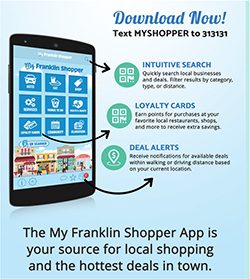Technology is essential in the daily lives of students. Whether it’s kids learning their ABC’s or graduate students pursuing advanced degrees, technology has transformed the way lessons are taught and learned. Statistics support the notion that technology in the classroom is irreplaceable. According to data from the tutoring resource PracTutor, Houghton Mifflin Harcourt and various colleges, 98 percent of schools have one or more computers in the classroom. In addition, 77 percent of teachers use the internet for instruction, while 40 percent of teachers report students use computers during instructional time in the classroom. Many instructors now assign homework that must be completed online.
The Organization for Economic Cooperation and Development looked at computer usage among 15-year-olds across 31 nations and regions. Many students in high-performing nations reported spending between one and two hours a day on a computer outside of school. Because computers are so necessary in and out of the classroom, families and students may want to revisit their options before buying new devices.
Desktop computer Desktop computers used to be the go-to for families and students, and there are still many reasons why desktops make sense. In addition to their relatively inexpensive sticker price, desktop computers allow students to customize their packages according to their needs and get a powerful operating system in the process. New and advanced processing speeds also mean that many desktop computers can be relied on for educational purposes while also being fast enough to handle recreational gaming. One of the main disadvantages of desktop computers is their lack of portability. Desktops are not easily moved, and if repairs are necessary, it can be a hassle to have them fixed.
Laptop computers Over the last decade, laptop computers have become more popular than desktop computers, largely because of their portability. Laptops are designed to be taken from place to place, so students can use them for note-taking in the classroom and then studying at home. Although laptop processors have just about caught up to desktop processors, they may be lacking the processing pop unless consumers are willing to pay more for laptops with high performance. Another shortcoming of laptops is that they generally have smaller screens than desktop computers, which can make working on fine details more challenging.
Tablets Tablets offer the most in terms of portability. They’re lightweight and small and offer a wealth of access in a compact package. Today’s tablets offer much more than the first such devices to hit the market. Some can run apps and equivalent programs that were once exclusive to desktop and laptop computers. Tablets also tend to be less expensive than desktops or laptops. Where tablets may fall short is in the peripherals. It’s difficult to connect backup drives and other accessories to tablets.
However, with advancements in cloud-based storage, this may not be an issue. Also, note-taking on virtual keyboards may be more challenging, and working on tablets’ small screens can be tiresome over time. Convertible tablet/laptops are now emerging to bridge these gaps. Shopping for a new computer can be complicated, but basing purchases on need rather than want can help guide the process.






